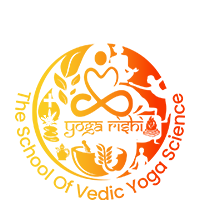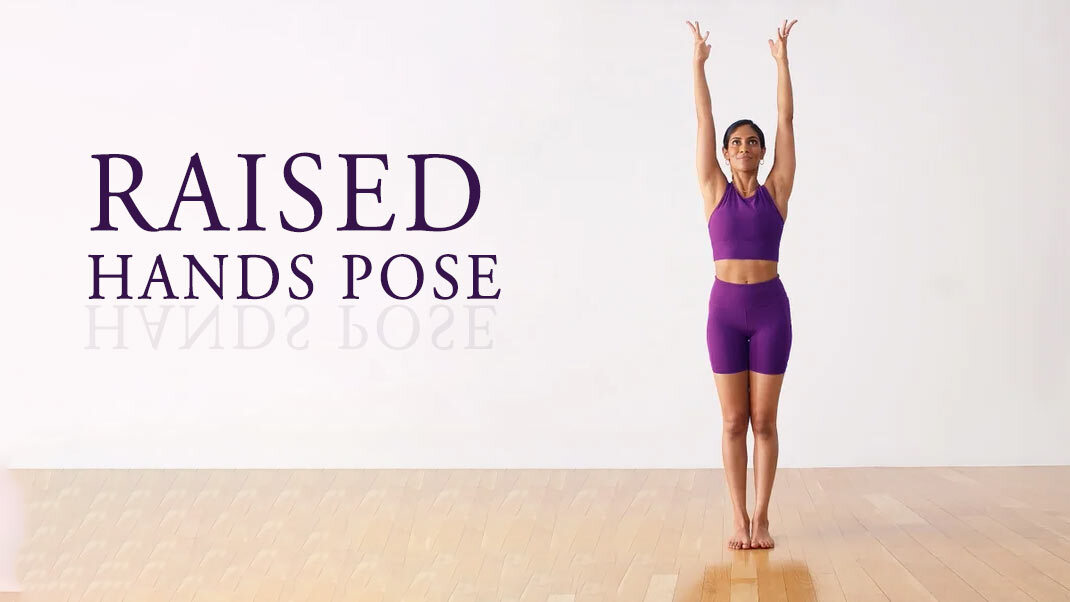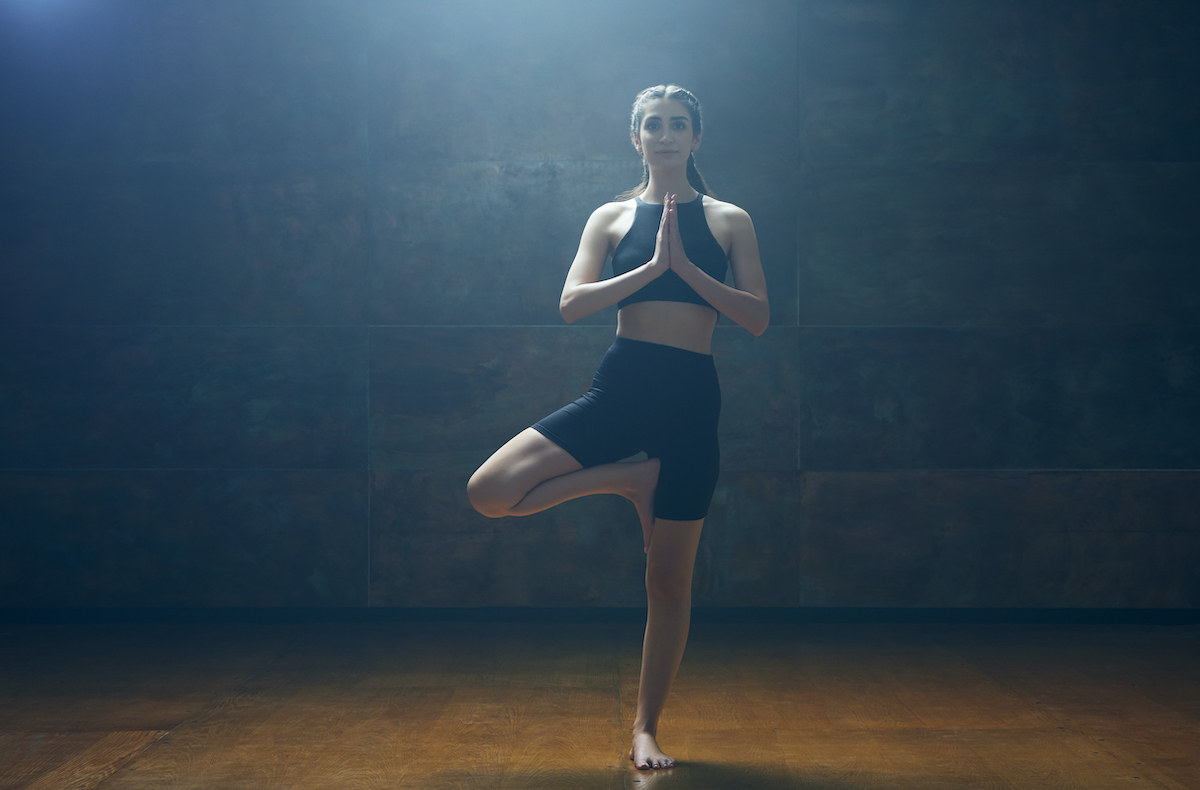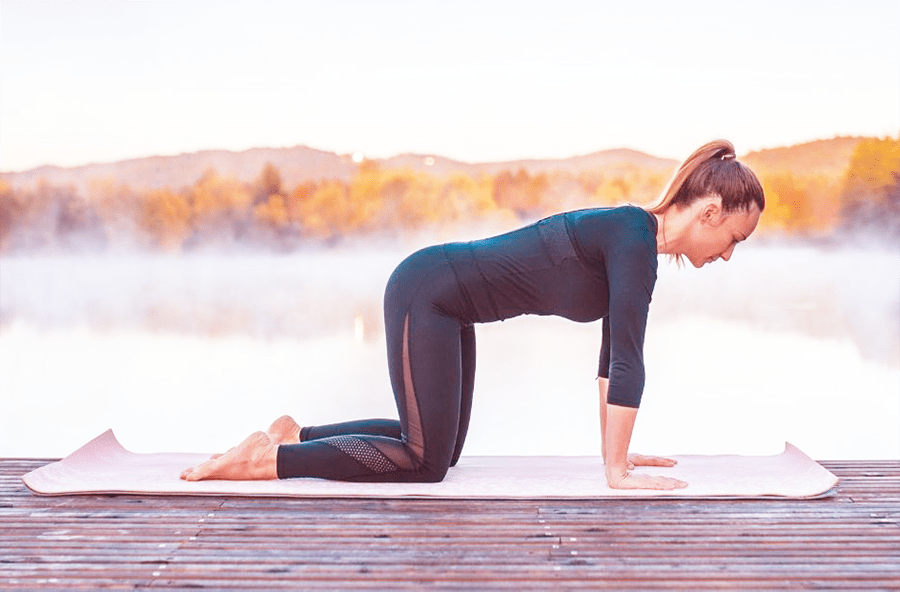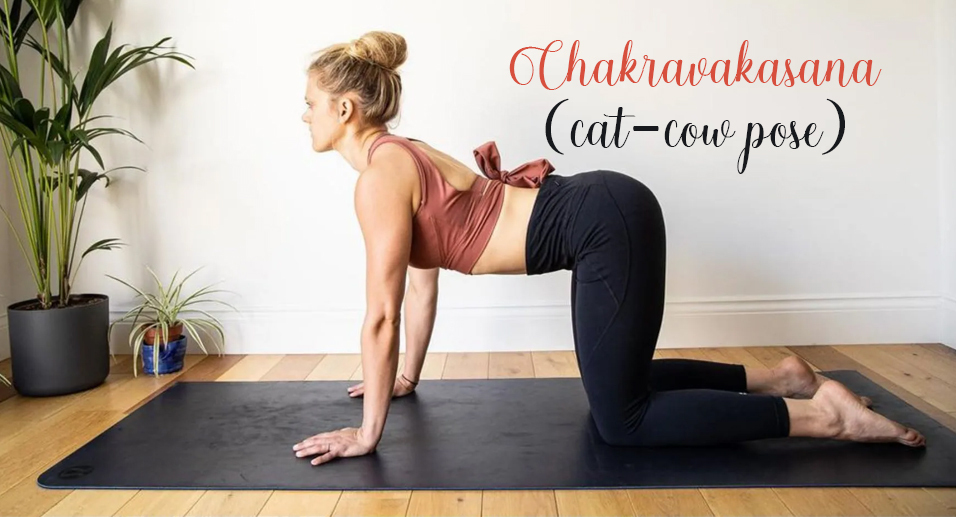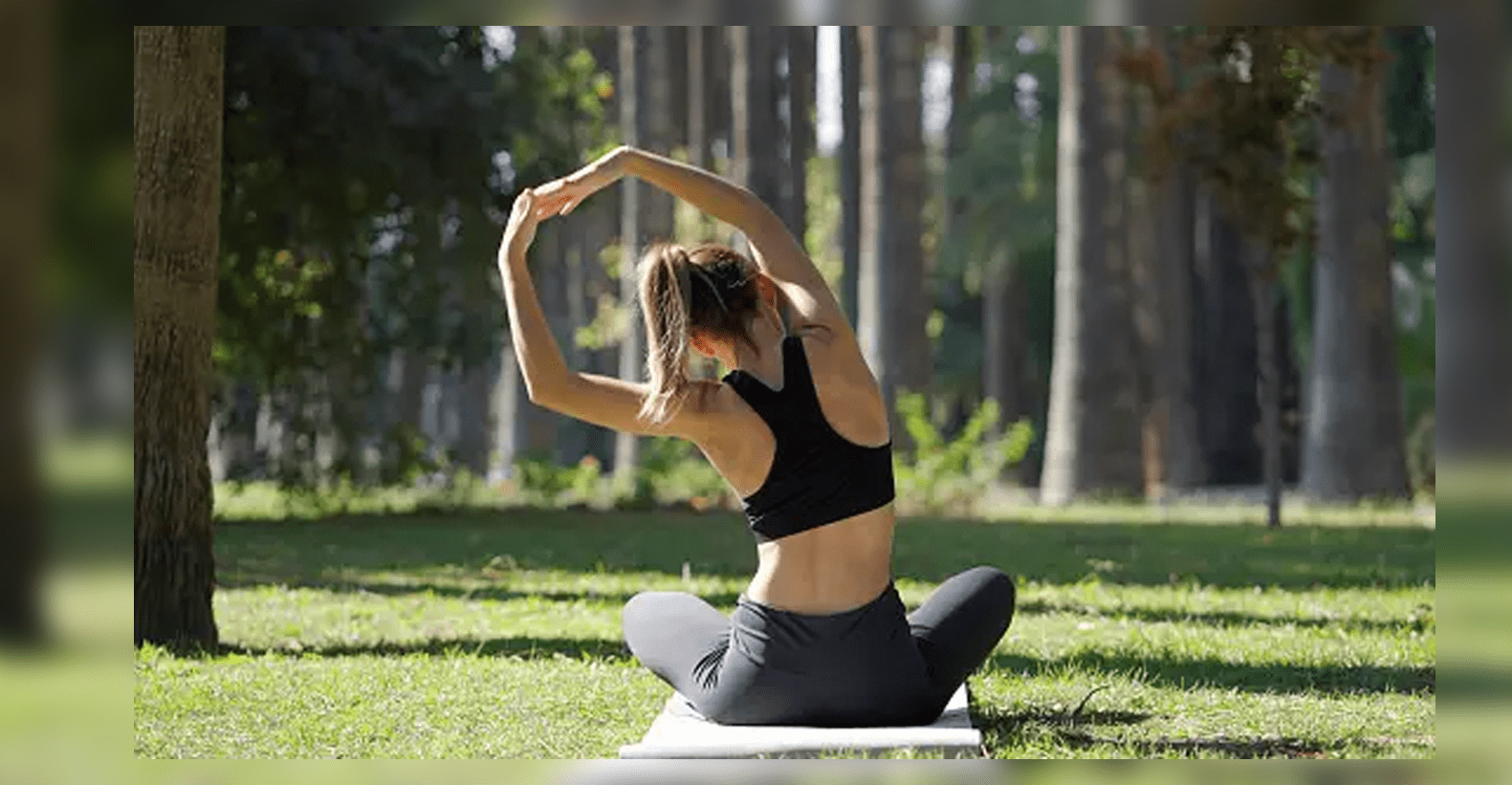
Yoga: An Ultimate Therapy for Shoulder Injury Recovery
Every now and then, we keep on suffering injuries. The shoulder injury can be quite painful and laments us from doing daily chores of life. The use of yoga poses for shoulder pain reduction can be of great help. They are quite useful whether you are recovering from a shoulder strain, dislocation of the shoulder, or any other shoulder-related problem or injury.
Including appropriate yoga poses can speed up the recovery process. They will make the shoulder strong and improve its flexibility. And soon the original working of the shoulder is restored by following the yoga routine regularly and religiously.
The Anatomy of Shoulder:
A shoulder is a complex part of the human body that is made up of muscles, bones, and joints. Detecting the portion, which is causing the pain, can be quite difficult. So, you must have some knowledge of its anatomy.
Major bones of the shoulder are:
- Clavicle, the collarbone
- Scapula, the shoulder blades
- Humerus, the upper arm bone
The main muscles located in the shoulder are:
- Anterior deltoid: They are located on the front area of the upper part of the arm and provide flexibility and rotation to the arm.
- Medial deltoid: They are located on the outer area of the arm and help in overhead pressing and movement.
- Posterior deltoid: They are located on the back side of the upper part of the arm and help in extending the arm and laterally rotation.
The shoulder has the following joints:
- Glenohumeral joint: Allows movement of the arm
- Acromioclavicular joint: Provides stability
- Sternoclavicular joint: Helps in throwing and thrusting movements
- Scapulothoracic joint: Acts as a connection with the wall of the chest
Reasons for Pain in Shoulder:
Various factors and conditions can be the causes of shoulder pain. Here are some common reasons for shoulder pain:
- Strains, tears, or inflammation in the rotator cuff
- Shoulder impingement
- Thickening and tightening of the shoulder joint capsule causing a frozen shoulder
- Stiffness in the joints
- Arthritis
- Bursitis
- Inflammation of a tendon
- Dislocation of shoulder
- Fracture in shoulder bones
- Straining of muscles
- Imbalances due to poor posture
- Lupus, an autoimmune disorder where the immunity system of the body attacks the body itself
- Neck pain
A proper diagnosis of the reason is necessary to find the problem and go for the yoga poses accordingly.
The Importance of Yoga Poses for Shoulder Injury:
There are various yoga poses that can help in the recovery from a shoulder injury. Yoga is helpful in the following ways:
- It speeds up the healing process.
- It improves blood circulation to the shoulder which makes recovery fast.
- It helps to relieve the chronic shoulder pain.
- It reduces inflammation in the shoulder.
- It makes the shoulder strong and increases its flexibility.
- It helps the joint in regaining its mobility and movement.
- It increases the range of motion.
- It helps in posture alignment as an imbalance can cause shoulder pain.
- It helps to reduce stress and relaxes the shoulder.
- It increases the endurance power of the shoulder.
Yoga Poses for Shoulder Injury:
There are several poses in yoga that are meant for shoulder strengthening, but when they are performed for shoulder injury recovery, they must be done with extreme caution and in a modified way so that extra strain and pressure are not put on the injured shoulder. The yoga poses and the modifications to be added are given below:
- Urdhva Hastasana (Upward Salute Pose),
Utkatasana (Chair Pose),
Virabhadrasana 1 (Warrior 1 Pose), and
Anjanayasana (Crescent Lunge Pose):
In the original poses of all of these asanas, the arms are to be raised straight upwards at shoulder apart width. But in case of an injured shoulder, you need to modify it. Instead of keeping arms straight, make a V shape. This will put less stress on the injured shoulder.
- Virabhadrasana II (Warrior 2 Pose):
In the original form of this asana, the arms are to be kept straight and extended outwards with palms facing downwards. To modify this pose, bend the arms at the elbow and keep palms facing upwards.
- Utthita Trikonasana (Extended Triangle Pose) and
Utthita Parsvakonasana (Extended Side Angle Pose):
In the original form of Utthita Trikonasana, one arm has to be kept straight upwards, whereas, in the case of Utthita Parsvakonasana, one arm has to be extended in the outer direction. To modify these poses, this arm has to be rested on the body to avoid stress on it.
- Adho Mukha Svanasana (Downward-Facing Dog Pose):
In the original form of this asana, the body is bent forward in a triangle shape and the arms have to bear the entire body weight. But to avoid stress on the injured shoulder, the distance between the arms and the legs is reduced and the hands are put on the blocks.
- Parsvottanasana (Pyramid Pose):
In the original form of this asana, the hands are to be kept behind your back. But in case of an injured shoulder, the pose is modified by bending elbows and keeping your hands on the sides of your hips.
Yoga Poses to be Avoided in Case of Shoulder Pain:
Following yoga poses should be avoided in case of shoulder pain or injury as they involve putting a lot of pressure on the shoulder areas:
- Chaturanga Dandasana (Four-Limbed Staff Pose)
- Urdhva Dhanurasana (Wheel Pose)
- Sirsasana (Headstand)
- Sarvangasana (Shoulderstand)
- Bakasana (Crow Pose)
- Vasisthasana (Side Plank Pose)
- Plank Pose
Precautions to be Taken while Doing Yoga in Case of Shoulder Injury:
Following precautions must be taken while doing yoga when you are suffering from a shoulder injury:
- Keep the technique good.
- Keep body alignment and arm alignment, more specifically, proper.
- Do not put in excessive effort and take things easily.
- Take proper instructions from the yoga trainer.
Conclusion:
It is important to keep in mind that every individual’s healing process is different so one needs to have patience. Moreover, before starting with yoga poses for shoulder pain relief, one must take the guidance of a healthcare professional and an expert yoga trainer. The yoga trainer may advise you to go for poses as they are or in their modified form. Stop doing a pose or it modified version, if you are experiencing pain while doing it. The use of yoga should be to help yourself and not to aggravate your problem.

